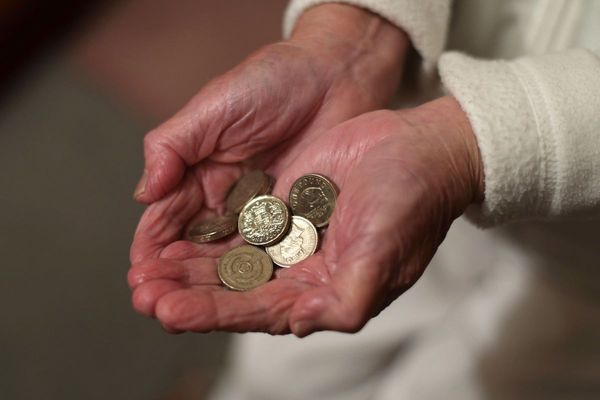
France uses more air conditioning than you might expect, with a quarter of households using some kind of device. That number is on the rise, but faced with the effects of global warming and looming energy shortages, authorities in France and in the EU are hoping to encourage alternative ways of cooling during extreme heat.
On sweltering hot days, as most of France has recently been experiencing, you might find people taking refuge in grocery stores or cinemas – locations that are more likely to have air conditioning than homes or even offices.
While air conditioning is on the rise in France, it remains less used than elsewhere, as until recently, extreme heat has been rare, and concentrated in the country's southern regions.
According to the Ademe, the French agency for ecological transition, some 55 per cent of French stores and 64 per cent of offices had air conditioning in 2020.
These are higher numbers than in people’s homes, where only 25 per cent had some kind of system or device in 2020, though the number is on the rise, as France sees increasing summer temperatures and more regular heatwaves nationwide.
More air conditioning, more emissions
Until recently, extreme heat events in France were rare, though since 2003 heatwave, when tens of thousands of people died, people are increasingly aware of their impacts, and the fact that they are becoming more frequent, and intense.
People rush to get air conditioners during heatwaves, and demand has been going up. In 2020, some 800,000 units were sold, compared to 350,000 per year until 2014-2015.
Along with an increase in air conditioning is an increase in greenhouse gas emissions.
In 2020, air conditioning represented five per cent of emissions produced by housing, the sector that consumes the most energy in France – 44 per cent of national energy consumption, ahead of transport (31 per cent).
Air conditioners produce emissions through their use of electricity, with built-in units more efficient than many of the portable ones used in city flats.
The hydrofluorocarbons used in their cooling systems also produce emissions, which have even more of an impact that CO2 when released into the atmosphere.
France’s air conditioning systems in 2020 released the equivalent of 4.6 million tonnes of CO2, according to the Ademe.
Limiting cooling
While the agency recognises that households are unlikely to reduce their use of air conditioning, as temperatures continue to soar, it encourages people to buy more efficient machines and to use them less.
Limiting cooling to 27 degrees Celsius, compared to 22 degrees, would cut in half a device’s energy usage, and only turning on air conditioning when the exterior temperature reaches 30 degrees instead of 27 degrees, would cut energy use by two thirds.
France’s current energy code, introduced in 2007, recommends not cooling below 26 degrees to save energy, but there are no requirements, and households regularly turn down the thermostat to 22.
The European Commission would like it to be a regulation. As part of a proposal to reduce member states' demand for Russian gas, the Commission is expected to propose limiting cooling of public buildings to 25 degrees and heating to 19 degrees.
Adapting the environment
The best way to keep cool is to insulate buildings. Building norms that came into effect in France in January require that new homes be built so inside temperatures do not rise above 28 degrees during the day without the use of air conditioning.
Regulations also require older buildings to be renovated over the next decade, to eliminate what are called ‘thermal sieves’, of which there are about five million in the country.
However, France is lagging, both in new ‘energy passive’ construction, and renovations.
In order to meet requirements, France would need to renovate some 700,000 buildings a year, ten times what is currently being done.
Vegetation also serves to reduce temperatures. France launched a programme to repopulate forests , and cities have been putting in place more greenery to counter heat-absorbing asphalt and stone buildings.
Some cities have started putting in place 'mitigation' plans to address rising temperatures, which include putting more plants on buildings and planting more trees.
The city of Paris has recently had to backtrack on plans to uproot trees because of protests from environmentalists who argued they play a crucial role in keeping the city cool.
Paris’ ‘urban cooling’ system
Paris has a relatively unknown system for cooling spaces like the Louvre museum or the National Assembly, which circulates water from the River Seine at 4 degrees underground.
The ‘urban cooling’ system lowers indoor temperatures 5 to 8 degrees, compared to outside.
The city has committed to expanding the system over the next 20 years to lower the use of air conditioning.
In the future, this system will circulate in all Parisian hospitals, some schools and even some metro stations.
"All the arrondissements will be served in 2042,” said Dan Lert, deputy mayor in charge of water.
Paris has an ‘urban heating’ system that uses underground geothermal energy, but it is mostly for residential buildings, whereas the cooling system is intended for public buildings and businesses.







